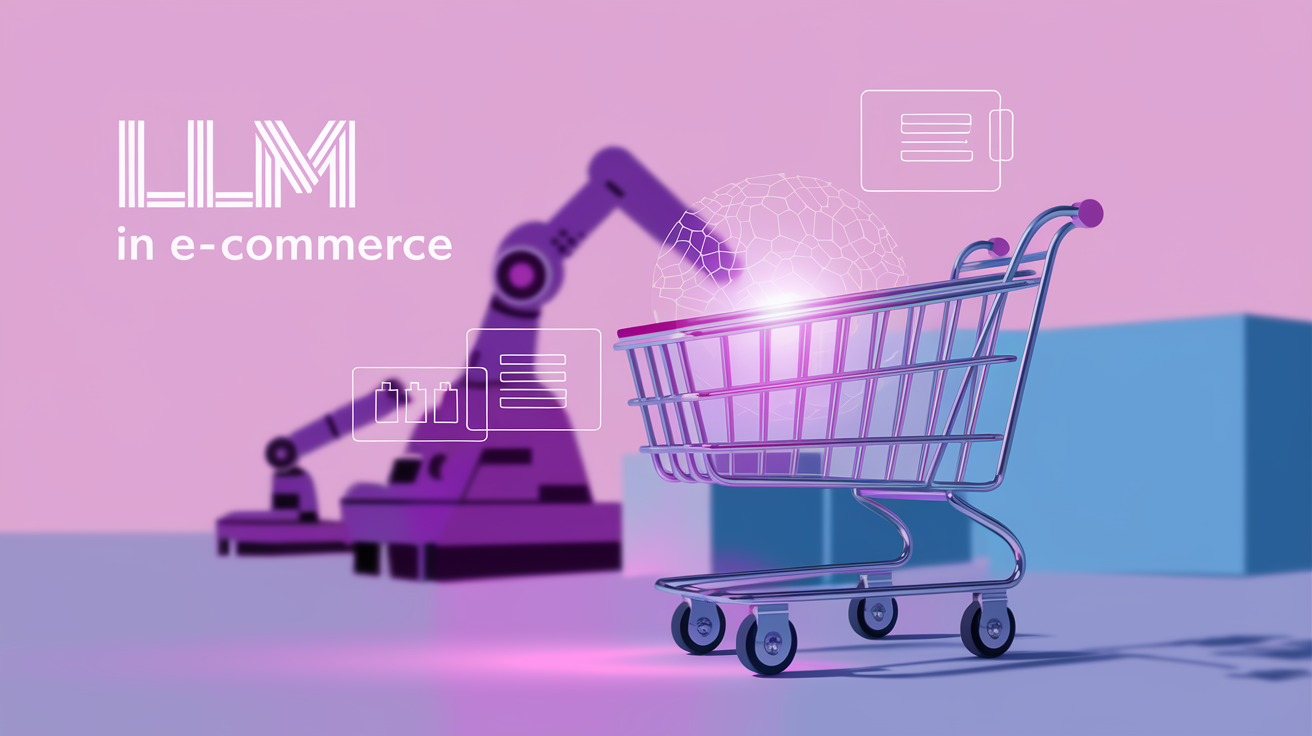
-
Enhancing Customer Engagement: Through real-time chat, smart recommendations, and personalized messaging, LLMs are driving more interactive, human-like experiences that resonate with today’s digital-savvy shoppers. (Digital Commerce 360)
-
Improving Sales Conversions: By understanding nuanced customer preferences and behavior, LLMs help tailor product discovery and promotional outreach, turning casual browsers into confident buyers.
-
Streamlining Retail Operations: Beyond the customer-facing side, LLMs optimize behind-the-scenes processes—from supply chain management to content automation—resulting in better agility, cost savings, and efficiency. (Forbes)
4. Automated Content Generation at Scale: LLMs are also content powerhouses, capable of generating product descriptions, email campaigns, ad copy, and more. This helps brands maintain consistency, reduce manual effort, and roll out campaigns faster, especially during peak seasons.
6. Smarter Inventory and Supply Chain Decisions: By processing vast streams of structured and unstructured data, LLMs help retailers forecast demand more accurately, prevent overstock/stockouts, and even suggest logistics optimizations. The result? Lean, responsive supply chains that can adapt to real-time market dynamics. (RetailWire)
-
Data Privacy & Compliance: Responsible AI use starts with respecting customer data. Retailers must ensure compliance with privacy regulations such as GDPR and CCPA and build trust by being transparent about how AI models use data.
-
Integration Complexity: LLMs often require custom workflows, data pipelines, and robust infrastructure to function effectively. Getting them to work seamlessly with legacy systems or existing platforms can be both time and resource intensive.
-
Maintaining Brand Voice: Automated content must still feel authentic and on-brand. Retailers need processes to review, guide, and refine LLM-generated outputs so the messaging stays true to the brand’s tone and values.
Facilitating an e-commerce transition with Pacific Data Integrators (PDI)
Transitioning your retail endeavour into e-commerce can seem like a daunting process, but with Pacific Data Integrators (PDI), it becomes a streamlined and supported journey. Partnering with PDI ensures a seamless transition and enduring success, turning challenges into opportunities. Discover how PDI's tailored retail solutions can transform your business by consulting with our experts today.
You can book a consultation today by visiting us at PDI.

Posted by PDI Marketing Team
Pacific Data Integrators Offers Unique Data Solutions Leveraging AI/ML, Large Language Models (Open AI: GPT-4, Meta: Llama2, Databricks: Dolly), Cloud, Data Management and Analytics Technologies, Helping Leading Organizations Solve Their Critical Business Challenges, Drive Data Driven Insights, Improve Decision-Making, and Achieve Business Objectives.




